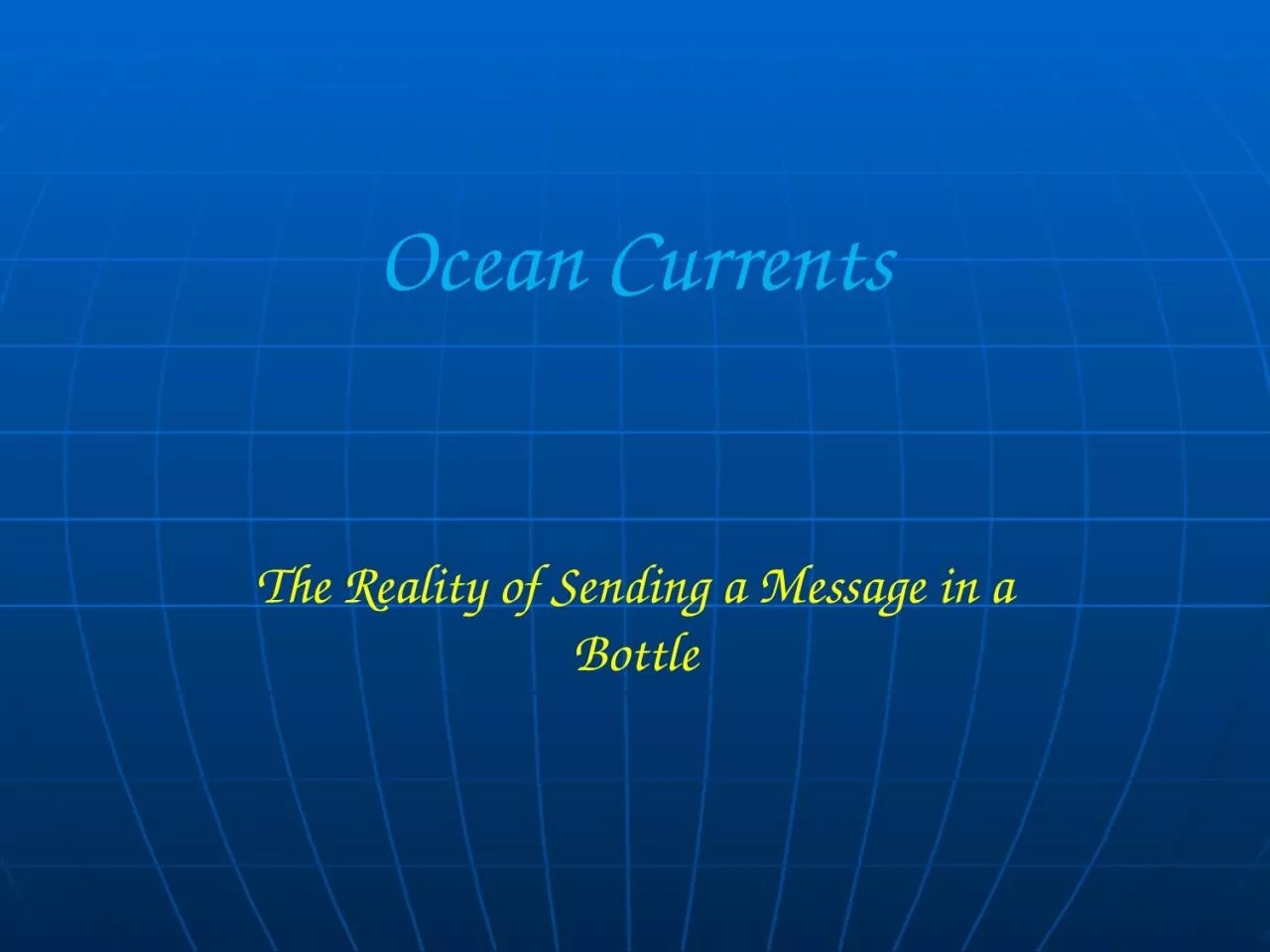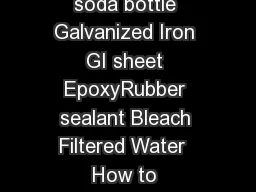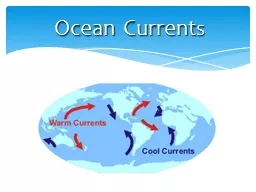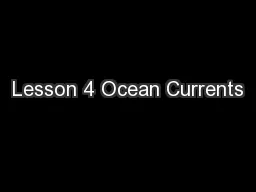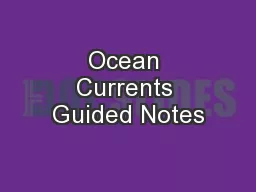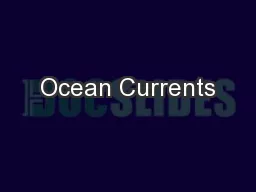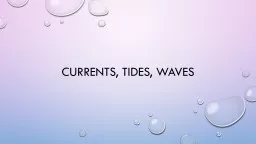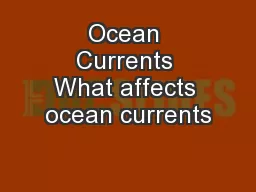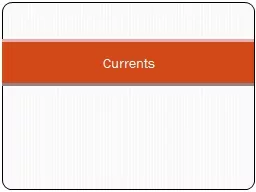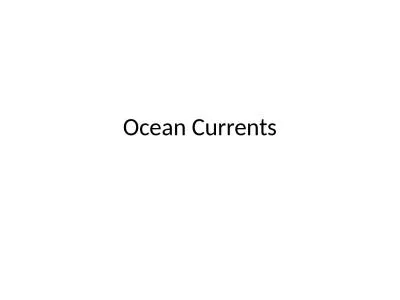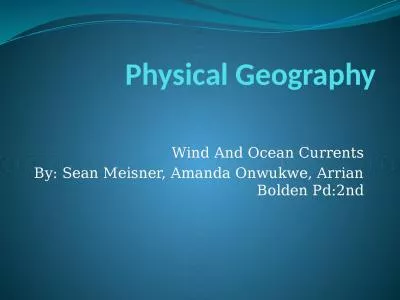PPT-Ocean Currents The Reality of Sending a Message in a Bottle
Author : eddey | Published Date : 2023-10-25
Ocean Current Layers Surface Currents top 10 of the ocean upper 400 m Deep Currents lower 90 of the ocean Properties of Ocean Water How they impact ocean
Presentation Embed Code
Download Presentation
Download Presentation The PPT/PDF document "Ocean Currents The Reality of Sending a ..." is the property of its rightful owner. Permission is granted to download and print the materials on this website for personal, non-commercial use only, and to display it on your personal computer provided you do not modify the materials and that you retain all copyright notices contained in the materials. By downloading content from our website, you accept the terms of this agreement.
Ocean Currents The Reality of Sending a Message in a Bottle: Transcript
Download Rules Of Document
"Ocean Currents The Reality of Sending a Message in a Bottle"The content belongs to its owner. You may download and print it for personal use, without modification, and keep all copyright notices. By downloading, you agree to these terms.
Related Documents

